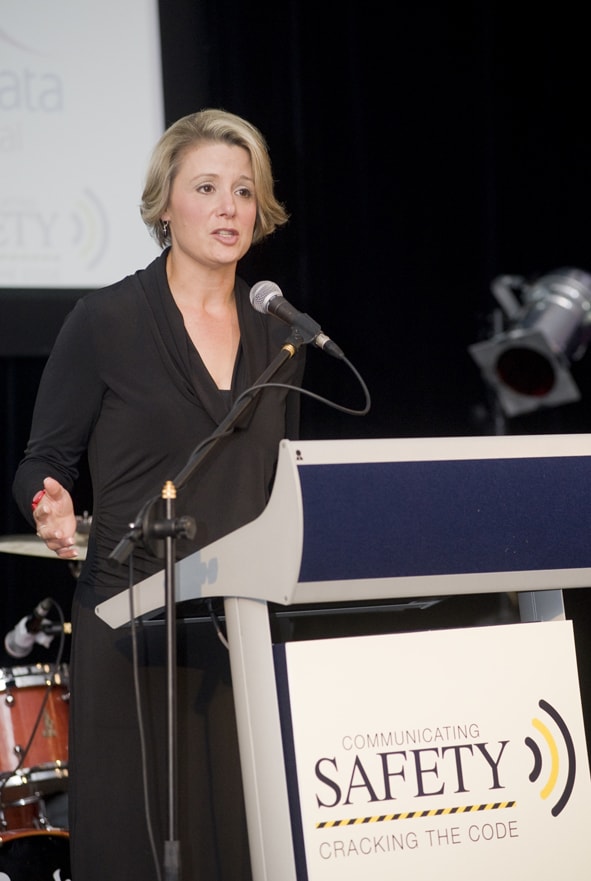A recent download of a “free” guide from the Victorian Building Commission on retrofitting a home for bushfire protection raised the ongoing nonsense of Australian Standards costs. Sure enough, this free guide is only notionally so; if you don’t hand over $100 then the guide has limited use.
The guide I got, “A guide to retrofit your home for better protection from a bushfire”, is packed with useful info, up to the point you need the nitty-gritty. Time and time again the reader is sent off to AS 3959 – Construction of buildings in bush-fire prone areas. Being in OH&S-World we get used to that little double-blind. Happens all the time with regs and codes and all sorts of guidance stuff. And it is ridiculous. Its gotta change.
As best as I know a massive cost of development of Australian Standards is born by the participating development organizations. They are the ones that foot the salary bill to have their staff go off to meetings to formulate the Standards. Sure, there is going to be lots of other costs, but from what I can see this critical contribution to the development of Australian Standards is a cost to the businesses and government agencies taking part (ultimately a community cost) and the double whammy comes when you want to buy a Standard.
The fact that such an important bit of guidance on protecting homes from bushfire is essentially diminished by the need to spend $100 to get the Standard really slams home the point that change has to happen.
For mine, all PDF downloads of Australian Standards should be free. A cost recovery cost for a hard copy seems fair enough. I don’t know about the experience of others, but it borders on embarrassing to be giving a punter help on this or that OH&S issue and then have to add “Oh and I think you have no choice but to fork out $XXX for this Standard.” I hate that, and where I can I avoid it. But clearly there’s times when it’s impossible.
Perhaps it’s time to get fair dinkum about improved standards of safety, and fair dinkum in way that truly cuts the bullshit? And that means nationally developed Standards become the nation’s product; PDF copies free to anyone who needs to use ‘em.
Col Finnie
col@finiohs.com

